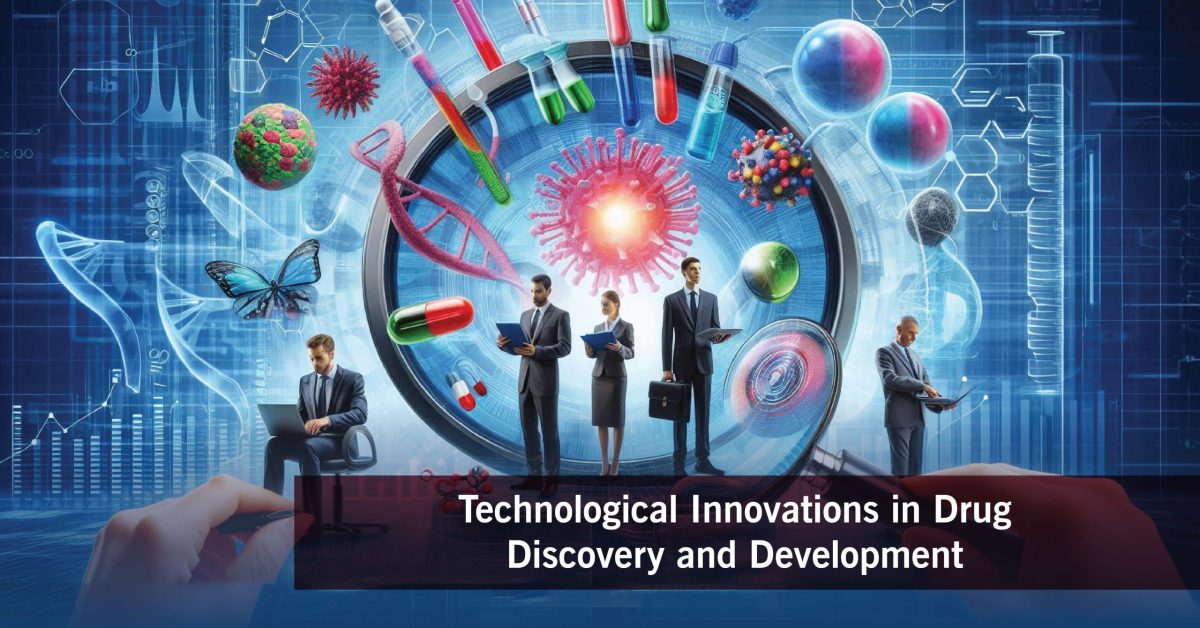Integrating Web Ontologies for Collaborative Drug Discovery
Web ontologies, combined with other semantic Web tools, tend to play a critical role in the amalgamation of different data sources and, hence, facilitate the collaborative discovery of drugs across domains and disciplines. Such technologies provide a common framework for seamless data sharing and collaboration among researchers, pharmaceutical companies, and many other stakeholders. Web ontologies thus make these networked and collaborative efforts in drug discovery more efficient and effective, uniting diversified resources.
Semantic web service technology provides general infrastructure for collaboration among researchers, hence increasing pipeline productivity. This technology offers ways for the publication of data semantically, thus providing an escape. from isolation depending on pure content analysis in text to efficient semantic data mining. The capability of linking open data in integrated drug discovery is one of many abilities that makes the retrieval and usage of a wider scope of information in assisting mining efforts easy for the researcher.
Advanced Computational Methods in Fighting Counterfeit Medicines
Globalization has brought new factors of complexity into the pharmaceutical supply chain, especially in combating fake medicine trafficking. New advanced computational methods, including blockchain technology and mobile solutions, are now developing as forceful tools for taking up these challenges. Such technologies provide innovative solutions for safeguarding patients across the world through the integrity and authenticity processes of pharmaceutical products.
For example, block chain technology provides a decentralized, immutable ledger for all transactions, ensuring the integrity of the data. This, in turn, will provide tractability over the entire lifecycle of a drug, right from the period of manufacture to that of delivery, at every mode of the supply chain. Because of block chain technology, the pharmaceutical industry will be able to easily trace the origin of the manufactured drugs and ensure that these drugs avoid the market, ensuring that both patients and drugs are safe from factors that threaten their health stability.
Block chain and IoT for Safe Pharmaceutical Delivery
The coverage of block chain and IoT technology in drug delivery has revolutionized this supply chain, ensuring safety and efficiency at every step. A combination of block chain and IoT sensors makes it possible to monitor the temperature, humidity levels, and other environmental factors that could affect the condition in which drugs have to be maintained during storage and transportation. When these are combined with block chain technology, we get a proof-of-delivery record of the drug from the marketer to the end-user.
The approach increases traceability and security with pharmaceutical products and reduces the risk of counterfeit drugs. The technology provides a secure system for the management of the pharmaceutical supply chain, wherein only authorized parties can obtain access to the block chain and edit it. This innovation is crucially important for vaccines and other temperature-sensitive medications, where the integrity of the supply line means everything with regard to efficacy and safety.
Data Integrity in Pharmaceutical Manufacturing
Pharmaceutical manufacturing is considered an activity that incorporates data integrity and significantly influences the safety of a patient while determining the financial prosperity of the companies that are engaged in the manufacturing process. Regulatory agencies such as the FDA have taken steps toward laying down guidelines that would ensure data accuracy and integrity right from the process of development and then final manufacturing. In order to take on the challenges involved in data integrity, technological solutions such as block chain and version control systems are put into use.
Block chain technology is immutable and decentralized, providing a study solution for data integrity in the manufacturing of pharmaceuticals. With Ethereum possibly being one popular and mainstream platform, this tool can allow companies to create very transparent and hence auditable trails of data, starting from raw materials right to finished products. Not only will this increase the trustworthiness of manufacturing data, but with this clearly unchangeable record of transactions, the complexity related to compliance with regulatory requirements is simplified.
Block chain-Enabled Smart Containers for Vaccine Distribution
The distribution of vaccines and other temperature-sensitive medicinal materials is such an up-and-coming task, with the means of keeping them at the required conditions during transmission. This has, nevertheless, been corrected thanks to the block chain-enabled smart containers that bring together the use of IoT sensors and block chain technology in tracking and recording the conditions under which shipments are exposed in real time.
These smart containers will, in turn, detect and respond to the slightest FDA violations in their storage conditions so as to deliver guaranteed vaccine effectiveness. This is where block chain technology comes in to secure all the data being acquired by these sensors, make this data tamper-proof, and provide an immutable, auditable trail of vaccines. Such innovation does not only assure enhanced safety and effectiveness but, in general, builds trust among health providers and patients.
